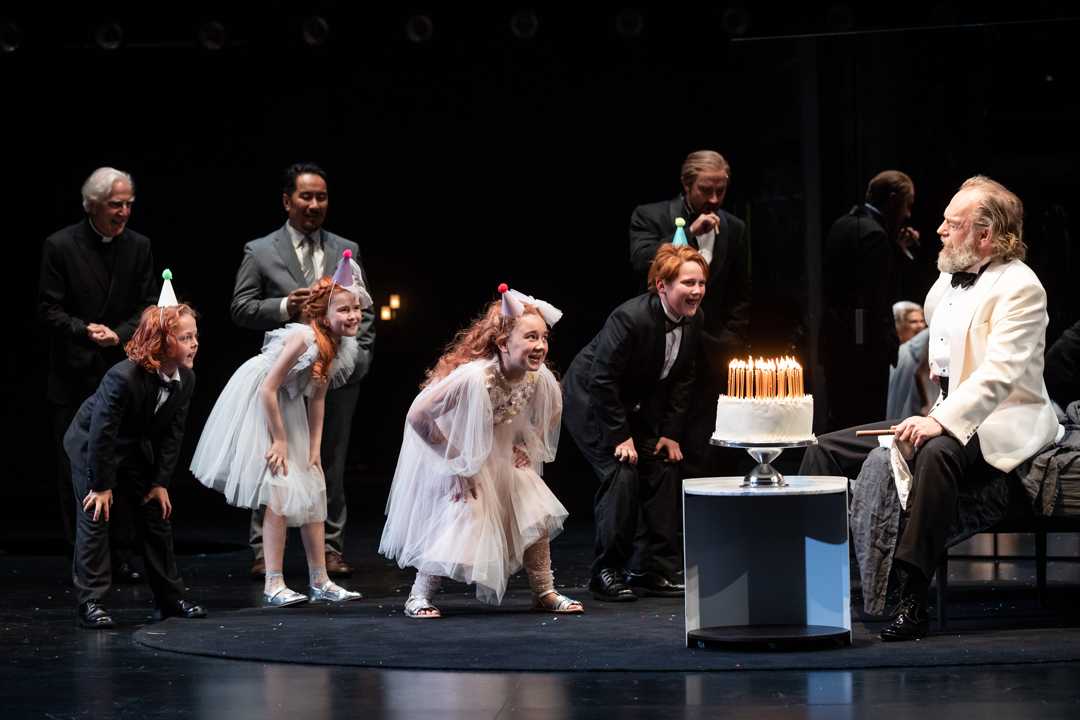Sydney Theatre Company switches to Core
- Details

Already the owner of a substantial amount of DPA stock, STC recently added 75 d:screet CORE 4061 Miniature Omnidirectional Microphones to its inventory and is putting them to good use on a number of productions, including a new version of Tennessee Williams’ classic Cat On A Hot Tin Roof.
Ben Lightowlers, STC’s head of sound and audio visual, says: “Once the new Core technology arrived, I was keen to put it through the rigours of a regular season at STC. The goal for us in theatre is to not distract the audience with an obviously mic’d tonality but rather aim for a more naturalistic augmentation of the voice. The new Core mics boast a more open frequency response, which is appealing when balancing vocal performances of varying dynamics in circumstances where some cast members are potentially quieter than others on stage.”
STC’s new d:screet microphones were supplied by DPA dealer Soundcorp, in conjunction with the company’s Australian distributor Amber Technology. STC’s DPA inventory also includes d:dicate 4017 Shotgun Microphones, d:fine Headset Microphones, d:vote 4099 Instrument Microphones, d:facto Vocal Microphones and more legacy d:screet 4061 Miniature Microphones than Lightowlers can count.
“In the 13 years I have been with STC, I estimate that we’ve purchased an average of 50 d:screet 4061s per year to service the main stage shows, of which there are 12-15 per year,” he says. “They have a good resilience to sweat, skin contact, quick wig or costume changes and other extreme conditions we put them through. In the past this has included actors hurling themselves down a slip’n’slide across stage through a pool of water while fully nude, to a chorus of cast conducting an intimate conversation in typhoon conditions, all the while remaining intelligible to our audiences. Sometimes an actor might not leave stage for the whole play or it might be that a production spans over six hours.
“Whilst our venues include a standard sound infrastructure, due to the large number of shows performing and rehearsing concurrently, we need to carry a sizable inventory of floating stock,” Lightowlers continues. “I’ve found that it is far more cost effective to own all our equipment rather than to hire on a show-by-show basis.”
(Jim Evans)















